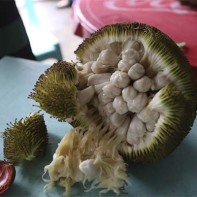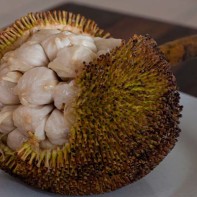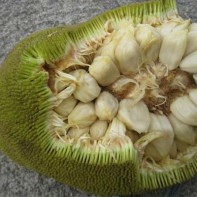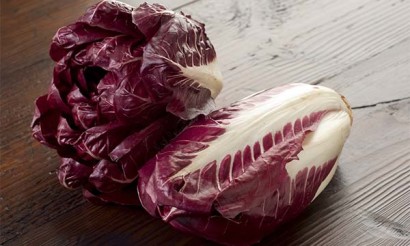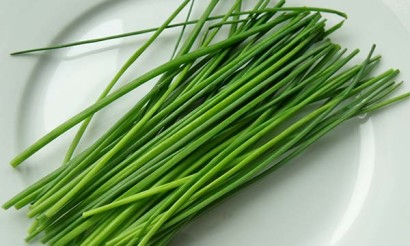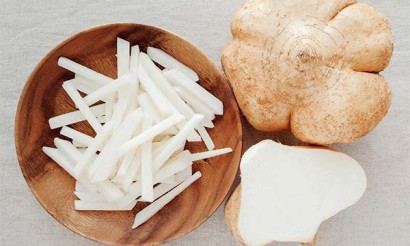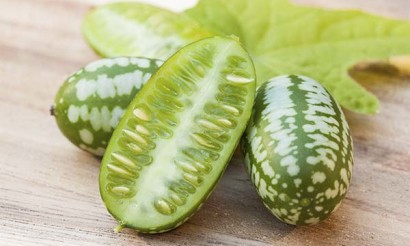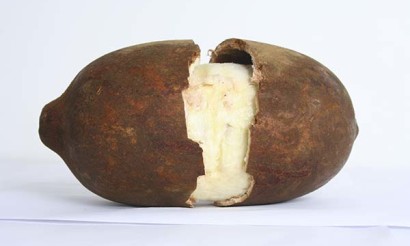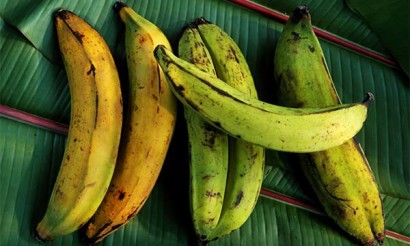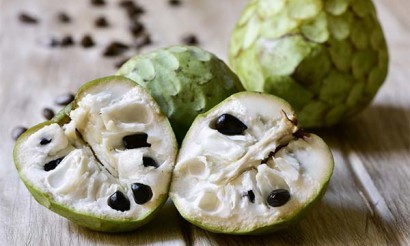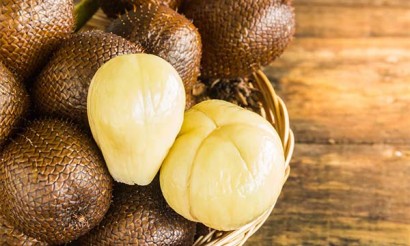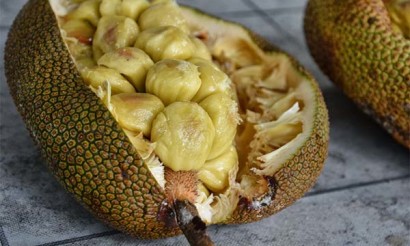Marang: what is this fruit and why is it useful?
Some fruits from tropical countries residents of the middle latitude have the opportunity to try only where they are grown. It's a shame, but the short shelf life makes transporting exotics impossible. But while on a tourist trip through the South Asian states, every traveler has the opportunity to enjoy the fruit of the breadfruit, papaya and, of course, the marang.
What is this fruit
Marang is a tropical fruit of the mulberry family. It is put on a par with other exotic fruits - durian, jackfruit and others. The commonly known official name of the fruit for all countries is marang. However, the inhabitants of Asian countries call it differently - cousin, tarap. Therefore, when in the market looking for an exotic, the tourist should designate it by the name of the local dialect.
What it looks like
The large fruits of the marangas range from round, spherical to elongated, slightly oblong shape, 18-22 cm long. The average weight is about one kilogram, but there are specimens over two kilograms. The unripe fruit is firm and green in color; when ripe, it acquires a yellow hue. The ripe fruit is yellow-green in color and has an unusual aroma. Hence the name "marang", which means "emitting a strong aroma" in Latin.
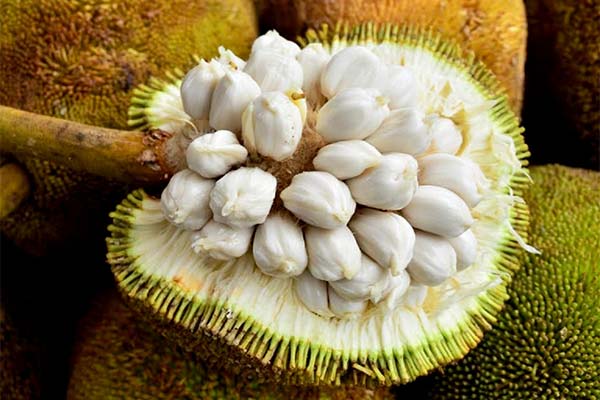
The white flesh, which is underneath the dense skin, is consumed as food. Also indicative of the ripeness of the fruit are the thorns that are located all over the rind. At first they are soft, but once the fruit matures, they become hard. The white flesh of the marang should be eaten as soon as the rind is cut. With access to oxygen, it begins to oxidize rapidly, which affects the color and flavor of the marang.
Its flesh is very juicy, ripe and flavorful, with a high content of natural sugar. It melts in the mouth and has a pleasant lightness. It is presented in the form of small segments, inside which there are bones. Since the exotic fruit can not be stored, transportation on an industrial scale is not carried out.
Where does it grow
Southeast Asia is the birthplace of the marang. However, today it is successfully grown in Malaysia, Indonesia, Thailand and the Philippines. The plant is a tall tree, more than 20 meters, which ripens the fruit. Very thermophilic, already at a temperature of plus 10 degrees Celsius stops its development, if the temperature drops even a little lower, the tree dies. Like all tropical plants, the marang may actively grow and develop in places with frequent and abundant rainfall. Due to such heat and water requirements, the plant can only be cultivated in some tropical countries.
What is the usefulness of the marang.
The biologically active substances contained in the tropical fruit in large quantities make it extremely useful for the human body. These are vitamins A, B, C, as well as mineral elements - potassium, which is very abundant, phosphorus, iron, calcium and others. The benefits of marang for human health are invaluable:
- B vitamins, which ensure optimal fat and carbohydrate metabolism.
- The same B vitamins have a beneficial effect on the nervous system.
- The presence of vitamins A and C helps to strengthen the immune system.
- A large amount of iron has a positive effect on blood formation, eliminating the risk of anemia.
- Potassium is indispensable for normal functioning of the cardiovascular system.
- Calcium, without which it is impossible to imagine the health of bones.
- The presence of such a substance as tryptophan, provides a healthy dream and a good rest for the man.
- The high energy value of the fruit allows it to be used as an excellent supplement to the basic diet.
- The presence of female estrogens has a positive effect on the female reproductive system and increases the propensity to conceive.
Like all fruits, marang contains a large amount of fiber. Thanks to it, it improves the work of the digestive tract and eliminates the risk of constipation. Of course, fiber promotes weight loss. There are in the fruits of the marang and antioxidants that prevent the aging of the skin, as well as detrimental effect on cancer cells. But in the seeds contain more of them than in the pulp.
What harm can it do?
Despite the large list of positive qualities and many useful elements, marang in some cases can bring harm to human health.
- Its high calorie content and high sugar content make it impossible for diabetics to consume.
- It is not recommended to abuse the fruit also in case of obesity due to the above mentioned reasons.
- Marang is also capable of causing a strong allergic reaction. Therefore, people prone to allergies should eat the fruit very carefully.
- The fruit is completely contraindicated for pregnant women and people suffering from diabetes. For women in the position to this day has not yet been revealed the impact of the marang on the body. But the high level of estrogen in the fruit makes doctors fear for them. Therefore, you should not take the risk and eat the juicy fruit during pregnancy.
How to eat the marang fruit correctly
You can eat ripe fruits that are already ripe. Check the ripeness by pressing with your finger on the surface of the skin. It should remain dent. If it feels hollow on the inside, it is a sign that the fruit is bad. The peel is stretched, which allows access to the juicy flesh.
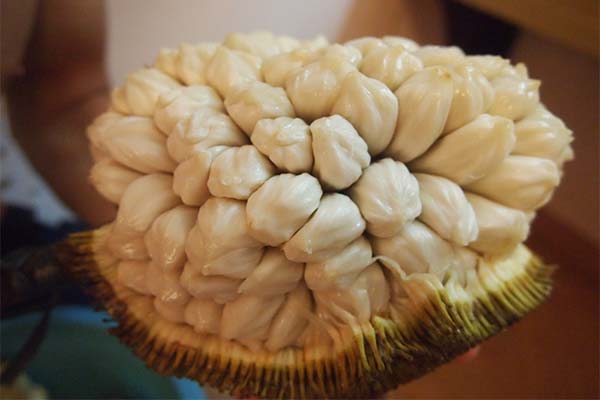
As mentioned above, the pulp must be eaten immediately after opening the peel, otherwise it is actively oxidized. After oxidation, which occurs in a few hours, the fruit completely loses its flavor and becomes unfit for consumption. Because of this, the fruit should not be stored, even in the refrigerator.
The young fruit is very tasty with milk. They are eaten mostly fresh. The taste of the marang is creamy, reminiscent of a banana, but with a juicier flesh.
Marang has a high energy value and contains many calories, so it easily satisfies hunger. It is an excellent snack, especially for people engaged in physical labor.
What can be cooked with marang
Many delicious dishes are prepared from marang. Basically, it is used to prepare pastries, salads and sauces. They add the pulp of the fruit in casseroles and various side dishes. They also eat the seeds of the marang after frying. They are added to seasonings. Marangs are used to make jams, jams and lollipops.
After eating the pulp remains a pleasant freshness in the mouth. Sometimes, because of the excess sugar, people want to drink after such a treat. In cooking, the rare fruit is combined with a variety of foods. Local residents in areas where the fruit grows add it to various unsweetened dishes as a vegetable.
Traditional medicinal uses
The unique composition of the pulp of the marangue allows it to be widely used in the recipes of folk medicine for:
- Improving the immune system.
- Stabilization of the water balance in the body and improve metabolism.
- To enhance intestinal peristalsis, prevent constipation, improve digestive function.
- Good work cardiovascular organs.
- Stabilization of blood pressure.
Useful folk medicine remedies based on the fruit of marang for cardiac patients, hypertensive, people suffering from metabolic disorders. The fruit can be used as part of other dishes and for weight loss, which contributes to a large amount of fiber, and for weight gain when it is not enough. After all, the high caloric value provides an excellent energy value of the product.
Cosmetological uses
Marang bean contains a large number of antioxidants, the main feature of which is to prevent skin aging. It is these substances protect the skin from free radicals. Therefore, the seeds of the exotic fruit are widely used for the production of effective skin rejuvenating cosmetics. These are all kinds of gels, creams, lotions, face and body masks. The kernel extract is used for their production, and for face and body scrubs - finely ground kernels as a part of other natural products.
The large amount of vitamins and microelements allows using marang for making home scrubs, nourishing and moisturizing masks. All of them perfectly protect the skin from the negative effects of the environment, nourish and moisturize it, rejuvenate and prevent aging. Marang is used to make high quality natural Asian cosmetics. Its use provides maximum efficiency.
How to grow the marang fruit
Originally, back in ancient times, marangs grew in natural conditions. In the wild it can be found in Singapore, Indonesia and Vietnam. Today, it is cultivated in climates where the temperature does not drop below 15 degrees Celsius. The plant is also demanding to the water. The largest plantations are located on the Philippine Islands. However, the plant managed to acclimatize the plant in some tropical countries - Brazil, Australia and others. The abundance of marangas there is amazing!

The ripening season of the magnificent fruit begins in late August and lasts until mid-spring. During this time, you can enjoy the ripe and juicy flesh of marangas somewhere in Thailand or Indonesia. Gourmets say that the ripest fruits can be tasted only in September. This is the time of year when they acquire the most rich, bright and full flavor. The fruits must be picked in time, otherwise they fall to the ground, the skin cracks, and the fruit becomes unfit for consumption.
Trees are grown from seeds, which are planted in sandy loam soil. They take root well and are transplanted to a permanent place in a year after sprouting. The main rule in growing marangs is to quickly plant seeds taken from ripe fruits. Seeds retain their vitality for a short time, so after removing them from the pulp, it is required to cover them with soil as quickly as possible and moisten thoroughly.
Trees grow quickly, rarely suffering from any diseases. The plant is undemanding to soil and care, which is why Filipinos grow them on a huge, industrial scale in the country. The only pest for them is the fruit fly.
Interesting Facts about Marangas
- The pulp of the marang is an excellent source of energy that promotes a burst of energy. Therefore, in some countries, the exotic fruit is actively used as a food by athletes. With their help, they quickly and effectively replenish lost energy and restore strength.
- Only because of the very short shelf life, the marangas are not exported to other countries, except for their cultivation. However, if you travel to Asian countries, every tourist has the opportunity to taste the exotic. The market in season is completely flooded with the fruit of the marang.
- This rare fruit not only has a lot of useful qualities, but also provides protection against the development of human cancer.
- The marang tree bears fruit for only five years. At the end of this period, it is only happy with its power, but it no longer bears fruit.
- It is not the fruit itself that gives off a very strong aroma, but its rind. On its surface there are essential oils with a not very pleasant odor, which emit it. As soon as you remove the skin, the unpleasant smell disappears.
- No other fruit on earth exudes such a strong, bright aroma as the marang.
Unfortunately, not all inhabitants of the planet have the opportunity to enjoy the useful and delicious fruit, which has great health benefits. However, everyone should try marang at least once. Do not deny yourself the pleasure to try it and enjoy the magnificent juiciness, creamy taste in a tourist trip in Thailand, the Philippines or Indonesia!
«Important: All information on this site is provided for informational purposes only purposes only. Before applying any recommendations, please consult a health care professional. specialist. Neither the editors nor the authors are liable for any possible harm caused by materials."

